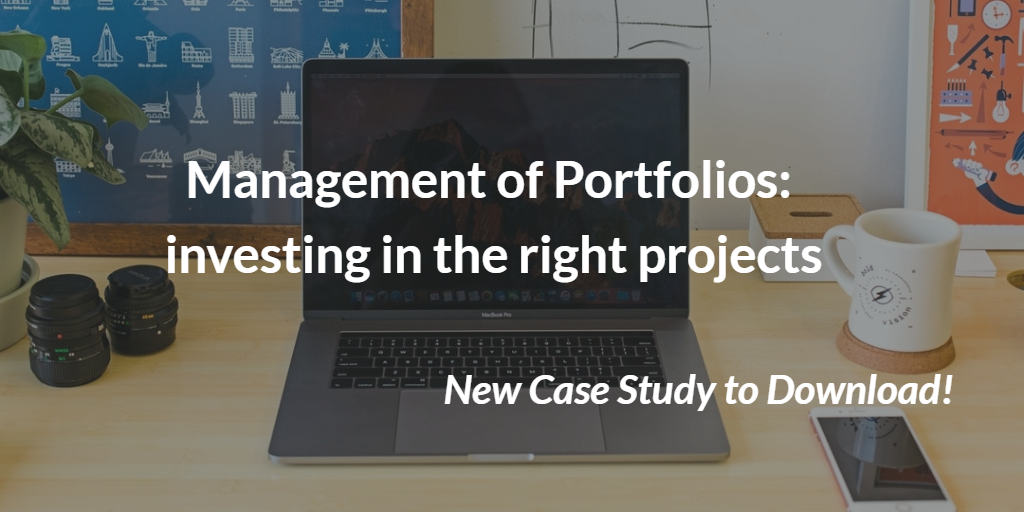News
View the latest inspiring and positive news and information about what's going on in the PM and IT world.


- Auditory learning: learning through listening and hearing. The expert trainer explains the matter, focusing on the most important parts of the Project Management methodology, highlighting tools and techniques.
- Visual learning: in order to better understand the ideas and concepts, drawings on flip charts can be an important tool to integrate new information. If we take the example of a PRINCE2 training, imagine what impact could have a drawing that explains you the difference between outputs, business change, outcomes and benefits. A picture says more then a thousand words. In some cases, you will even see that these drawings are put on the walls in the training room and are continuously used by the trainer when he/she comes back to this topic.
- Kinesthetic learning: this is what we call “learning by doing”. Classrooms are ideal places to exercise on how to put the theory into practice. Let's take the example of an AgilePM training: an important tool is the PRL (Prioritized Requirements List). What better way to understand how to create this list then to do this in group during the course? It’s a first-hand experience that will help you to put it into practice when you’re back in the office.

Most of professionals in the Project Management world already know about Programme, Portfolio and PMO management; some of them already work at PMO level for example, having helped with the set up of a “Centre of Excellence” in their organization. But how do you know what is the right next step after Project Management? How to identify the right action that can fit your needs? We’ve developed 3 webinars to help you answer these questions! Don't worry if you miss one of them, we'll make sure the video is available to be watched! Keep reading for the 2' video about Portfolio Management!
TITLE OF THE WEBINAR: Portfolio Management: Benefits of Strategic Alignment
ABOUT THE EXPERT: Stijn Janssens is PRINCE2 accredited trainer and consultant, MSP and MoP certified, P3O/PMO Expert. He’s a multilingual trainer, able to perform courses in English and Dutch.
ABOUT THE WEBINAR: If you are a manager with a top-down perspective (you are managing a budget and a team, or a group of strategic initiatives), your next step could be MoP Portfolio Management, a one week training with certification. MoP, Management of Portfolios, provides an overview of all change activities including what is in the portfolio, what it is costing, what risks are faced, what progress is being made, and what the impact is on business as usual and the organization’s strategic objectives. MoP helps you answer the question “Are we doing the right projects?” by prioritizing the right projects and programmes to undertake.
To WATCH THE VIDEO follow this link!
Don't miss the lastwebinar of the series: PMO Management - an Introduction --> Register at this link
Want to remain up-to-date and never miss our FREE learning and informative events? Register to our newsletter at this link


A portfolio management approach to business change is required to ensure that organizations prioritize and invest in the changes that contribute most to the strategy. It provides an overview of all change activities including what is in the portfolio, what it is costing, what risks are faced, what progress is being made, and what the impact is on business as usual and the organization’s strategic objectives. Not only Business as Usual prioritization, Management of Portfolio means to effectively decide to invest in the change initiatives that will contribute to deliver strategic objectives.
TITLE: 100 Days to Implement Management of Portfolios
ABOUT THE ARTICLE: "At the Office for National Statistics (ONS) we collect, analyse and publish important statistics such as population, inflation and gross domestic product. This information is used to inform decisions that affect your life and the lives of everyone in the UK. We were aware that some studies indicated a timescale of 12–18 months to implement portfolio management. However, we decided to embark on a 100-day, high-energy approach to implementing the Cabinet Office’s best-practice standard Management of Portfolios (MoP). During the implementation we derived considerable value from enhanced executive portfolio-level information, portfolio prioritization, consistent portfolio investment appraisals and project sequencing. All of this led to a greater understanding of the portfolio delivery landscape and the ability to make more confident investment decisions with an overall increase in collaborative working and organizational energy". This is how Glen Watson, General Director of the Office for National Statistics explains the decision of implementing MoP.
This Case Study follows the steps of the Portfolio implementation highlighting the key phases of this 100 days project: in the terms of the ONS, the path was to "understand where we are" to define "where we want to go": this includes the analysis of the current situation, the definition of the so called "portfolio cycle", "portfolio plan" and "portfolio office". To summarize, at the end of the paper are indicated 8 top tips (in no particular order) which are the things ONS found critically important when implementing portfolio management within 100 days.
ABOUT THE AUTHOR: Craig Kilford worked with the Office for National Statistics as Interim Deputy Director of Portfolio Management. As one of the world’s leading portfolio management subject matter experts he is a regular motivational conference speaker, co-author of the Cabinet Office’s Management of Portfolios and author of "Think P3O." Craig blogs regularly at www.MrPortfolioManagement.com where additional information about this case study is available.
TO READ AND DOWNLOAD THE FULL ARTICLE: simply follow this link!

- the strategic direction of the organization,
- the delivery of change capability by projects,
- the need to maintain business performance and stability while realizing and exploiting the benefits from the investments.
- Vision-led programmes that start with a clearly defined vision, have a top-down approach, and focus on strategic or innovative opportunity with radical transformation of business, culture or both.
- Emergent programmes evolve from current uncoordinated initiatives, where there is recognition of the value of a joinedup approach with an emergent vision and end goal.
- Compliance programmes can also be called ‘must do’ programmes. The organization has no choice but to change; for example, because of market forces or the potential negative impact of not changing.







